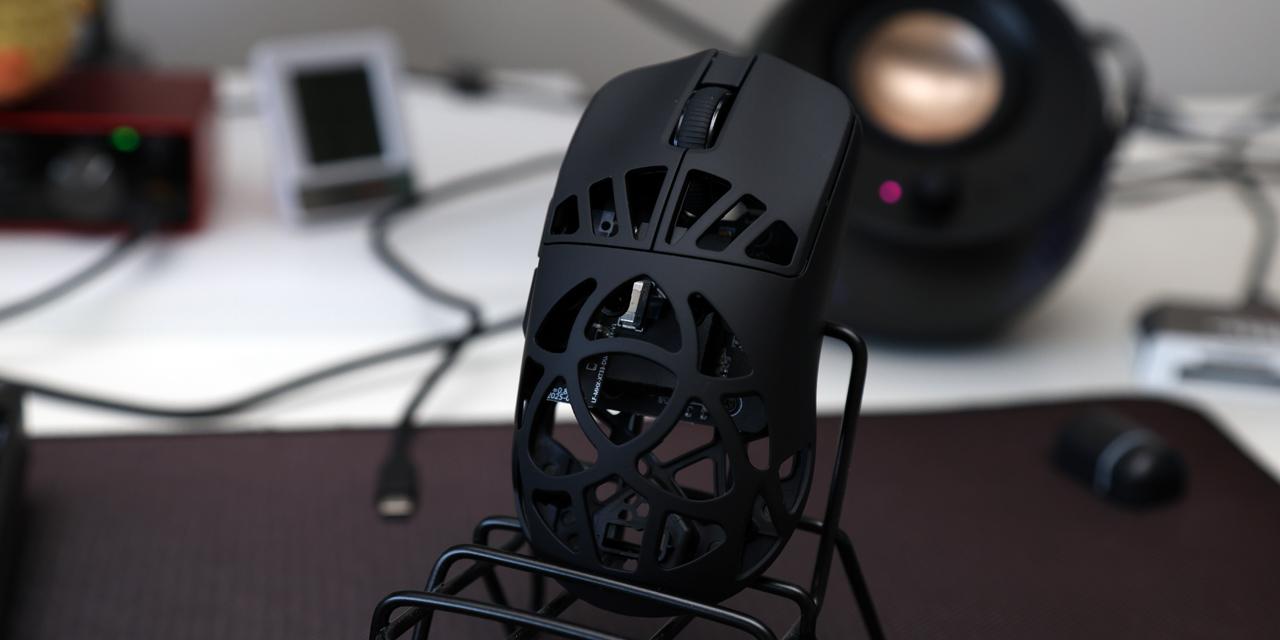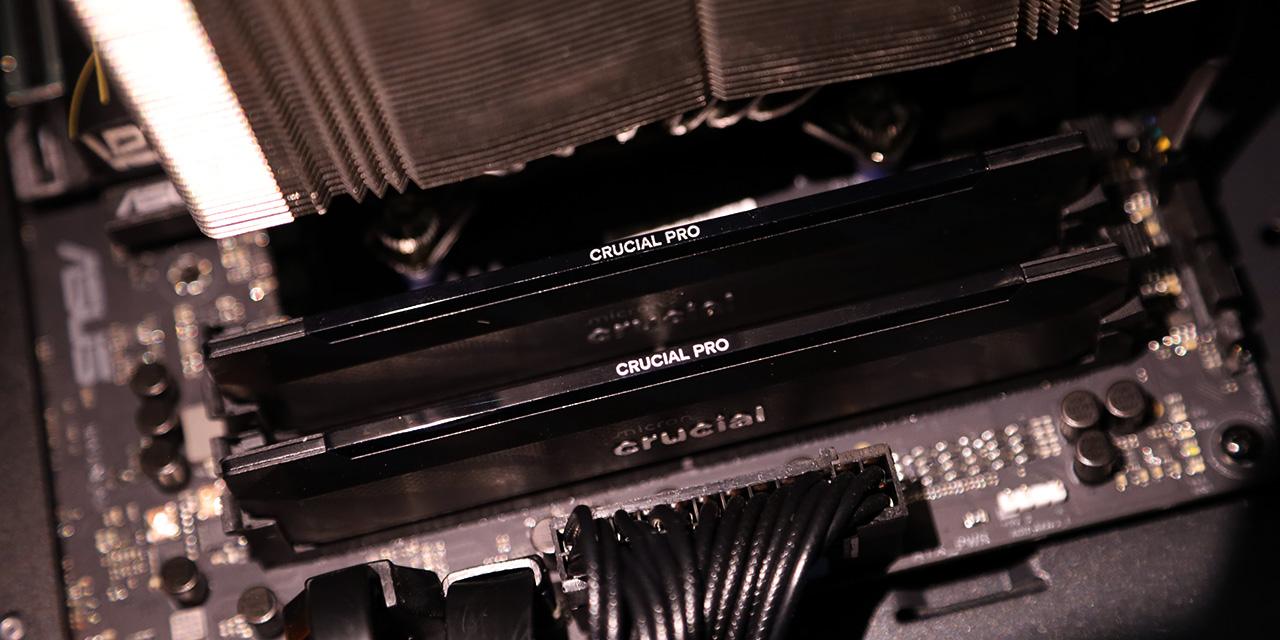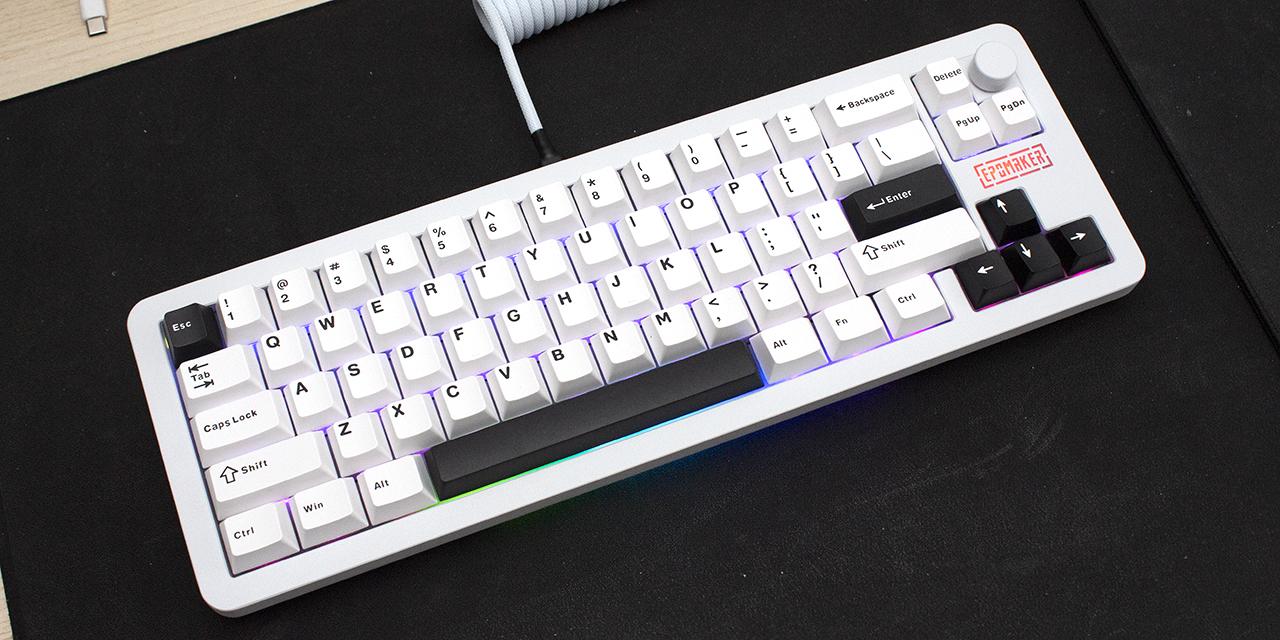|
From X-bit Labs: Despite rather high prices, Intel Corp.’s next unit of computing (NUC) ultra-small form-factor PC barebones managed to become popular enough to keep Intel developing new versions for different types of customers. At the Intel Solutions Summit, which is aimed at the company’s channel partners, Intel demonstrated three new additions to the NUC line: one based on current-gen Celeron processors and other two powered by higher-performance Core i5 chips with “Ivy Bridge” and “Haswell” cores. Originally, Intel released two NUC barebone kits: DC3217IYE and DC3217BY, both based on dual-core Core i3-3217U microprocessor (1.8GHz, 3MB cache, 17W TDP) with Intel HD Graphics 4000 graphics core and QS77 core-logic. Earlier this year the company quietly added cost-efficient DCCP847DYE version with previous-generation dual-core Intel Celeron 847 processor (Sandy Bridge, 1.1GHz, 2MB cache, 17W TDP, Intel HD Graphics) and QS77 chipset. Quite naturally, Intel does not want to stop with three versions of NUC products and is developing higher-performance offerings. According to LogicSupply, later this year Intel will introduce at least two new base versions of NUC, one with Intel Core i5 “Ivy Bridge” microprocessors and another with Intel Core i5 “Haswell” central processing unit, both of which will be aimed at performance-demanding consumers. Intel NUC barebones can be equipped with two DDR3 SO-DIMMs, an mSATA solid-state drive and a mini PCIe Wi-Fi/Bluetooth module. The DC3217IYE features two HDMI outputs and 1Gb Ethernet; whereas DC3217BY has one HDMI output, one Thunderbolt port, but lacks 1Gb Ethernet. None of the models has any analogue audio output ports (the company proposes to use DP or TB ports for audio output), which points to the fact that either Intel wants to get rid of analogue completely. NUC systems are just 4.59”×4.41”×1.55” (116.6mm*112mm*39mm) in size, yet feature decent microprocessor with advanced graphics core along with multi-monitor capability. All-in-all, technology-wise, Intel NUCs are nothing, but impressive. Unfortunately, Intel’s current NUCs are pretty expensive: after five months on the market, the Core i3-based barebones cost from $280 to $310, whereas the Celeron-powered barebone is priced starting from $170. The cost of 8GB DDR3 memory, 120GB mSATA SSD, and a Wi-Fi PCIe card adds another $160 or more. As a result, one fully-configured Intel NUC will cost from $330 to $470, the approaximate price of a laptop that offers comparable performance and feature-set, but which is also equipped with a display, keyboard, optical disk drive and so on. While Intel NUC ultra-small form-factor systems look neat and should provide impressive performance and features, they are now just too expensive to become mass solutions. In fact, just like Intel said, NUCs will initially become viable solutions for specialized applications, where costs do not matter a lot. Still, with new versions in development, it is natural to expect NUCs to gradually decrease their pricing. View: Article @ Source Site |
 |
Intel Readies NUC Systems with Ivy Bridge and Haswell Processor
© Since 2005 APH Networks Inc. All trademarks mentioned are the property of their respective owners.





